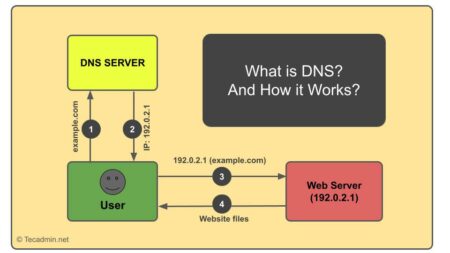In the world of computing, orchestration often refers to the process of managing and coordinating the automated configuration, operation, and interconnection of computer systems and software. An orchestration system enables the automation of both the deployment and management of workloads, often in complex, dynamic environments.
Why is Orchestration Needed?
With the rise of distributed systems, microservices, cloud computing, and containerized applications, the deployment and management of software have become increasingly complex. Instead of managing a single monolithic application, developers and operations teams might have to manage tens, hundreds, or even thousands of services that need to communicate, scale, and recover from failures. Doing this manually is not feasible, hence the need for orchestration.
Key Features of an Orchestration System
- Service Deployment: Deploying software components or services in a particular order, considering dependencies.
- Configuration Management: Updating configurations for software components as they move through different environments.
- Scaling: Automatically increasing or decreasing the number of instances of a service based on metrics like CPU usage, memory consumption, or custom metrics.
- Health Monitoring: Constantly checking the health of services and taking actions when anomalies are detected.
- Service Discovery: Enabling services to discover and communicate with each other.
- Networking: Managing the network layers to ensure that the right services can talk to each other, and establishing secure communication channels.
- Recovery: Re-starting failed instances or moving workloads to healthy hosts.
Example: Kubernetes
Kubernetes (often abbreviated as K8s) is a prime example of a modern orchestration system, designed primarily for containerized applications.
In Kubernetes, you define the desired state of your system (e.g., “I want three instances of Service A always running”). Kubernetes then works to ensure that the current state matches the desired state. If one instance of Service A goes down, Kubernetes notices this discrepancy and starts a new instance to replace it.
How Kubernetes works:
- Pods: The smallest deployable units that you can create and manage. A Pod can have one or more containers.
- Services: An abstract way to expose an application running on a set of Pods.
- Deployments: Describe the desired state for your deployed containers, and Kubernetes works to ensure that the environment matches that state.
For instance, if you’re deploying a web application:
- You’d package your web application inside a container, using something like Docker.
- You’d then define a Deployment in Kubernetes, specifying that you want, let’s say, three replicas of your web application running.
- Kubernetes would then schedule these containers on its nodes (machines), ensuring they’re kept running.
- If you decide to update your web application, you’d update your Deployment definition, and Kubernetes would perform a rolling update, replacing old versions of your application with the new one.
- If traffic to your web application increases and you need to scale, you can instruct Kubernetes to increase the number of replicas. Conversely, you can decrease the number when traffic drops.
Conclusion
Orchestration systems, like Kubernetes, have become fundamental tools in managing modern software architectures. By automating complex tasks such as deployment, scaling, and recovery, these systems allow teams to focus on building and improving their applications rather than the intricacies of their underlying infrastructure. As software continues to evolve, the importance of effective orchestration can only grow, making it a key area of knowledge for anyone in the software industry.
